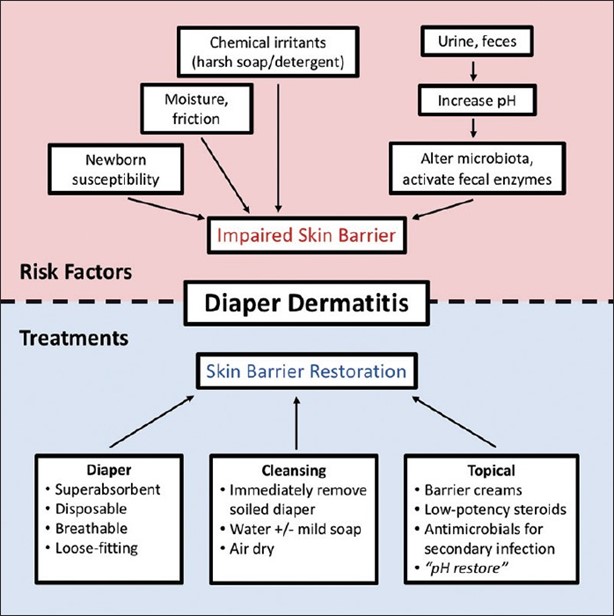An infant who weighs 22 pounds receives a prescription for amoxicillin 20 mg/kg/day by mouth in divided doses every 8 hours. The bottle is labeled, "Amoxicillin for Oral Suspension, USP 250 mg per 5 mL." How many mL should the nurse administer with each dose? (Enter numerical value only. If rounding is necessary, round to the nearest tenth.)
The Correct Answer is ["1.3"]
1. Convert the infant's weight from pounds to kilograms. We can use the conversion factor 1 kg
= 2.2 lb. So, 22 lb x (1 kg / 2.2 lb) = 10 kg.
2. Calculate the total daily dose of amoxicillin for the infant. We can use the formula D = d x W, where D is the total daily dose, d is the dose per kg per day, and W is the weight in kg. So, D = 20 mg x 10 kg = 200 mg.
3. Calculate the single dose of amoxicillin for the infant. We can divide the total daily dose by the number of doses per day. Since the prescription is for every 8 hours, there are 3 doses per day. So, 200 mg / 3 = 66.67 mg.
4. Calculate the volume of amoxicillin suspension for the single dose. We can use the ratio of the concentration of the suspension, which is 250 mg per 5 mL. So, 66.67 mg x (5 mL / 250 mg) =
1.33 mL.
5. Round the volume to the nearest tenth= 1.3 mL
Nursing Test Bank
Naxlex Comprehensive Predictor Exams
Related Questions
Correct Answer is A
Explanation
The excoriated and red skin in the diaper area suggests the presence of diaper dermatitis, which is commonly caused by prolonged exposure to moisture and irritants such as urine and feces. Changing the diaper more frequently helps to minimize the exposure to these irritants and promotes better skin hygiene.
Asking the mother to decrease the infant's intake of fruits for 24 hours is not necessary unless there is evidence of diarrhea or specific dietary concerns. Fruits are generally a healthy part of an infant's diet and do not directly cause diaper dermatitis.
Encouraging the mother to apply lotion with each diaper change may not be recommended in this case, as lotions and creams can further trap moisture and exacerbate the condition. It is best to keep the area clean and dry.
Telling the mother to cleanse with soap and water at each diaper change may be too harsh for the infant's sensitive skin. Plain water or mild, fragrance-free wipes are typically sufficient for cleaning the diaper area. Soap can be drying and irritating to the skin, so it is generally not necessary unless there is a specific indication.

Correct Answer is C
Explanation
A) Incorrect- While physical soothing can help comfort the child after the injections, it may not significantly reduce the duration of pain during the injections themselves.
B) Incorrect- Verbal reassurance is important to provide a calming environment, but it may not directly reduce the duration of pain during the injections.
C) Correct- Administering vaccines can be distressing for toddlers due to the pain associated with injections. To reduce the duration of pain and minimize the overall discomfort, the nurse should prioritize the strategy of simultaneous injections. This involves administering multiple vaccines at the same time rather than spacing them out. The rationale behind this approach is that the child experiences the discomfort of the injections only once, which can help reduce their overall distress and anxiety.
D) Incorrect- The positioning of the child may not have a direct impact on the duration of pain during injections. However, choosing an appropriate position for comfort is still important.
Whether you are a student looking to ace your exams or a practicing nurse seeking to enhance your expertise , our nursing education contents will empower you with the confidence and competence to make a difference in the lives of patients and become a respected leader in the healthcare field.
Visit Naxlex, invest in your future and unlock endless possibilities with our unparalleled nursing education contents today
Report Wrong Answer on the Current Question
Do you disagree with the answer? If yes, what is your expected answer? Explain.
Kindly be descriptive with the issue you are facing.
